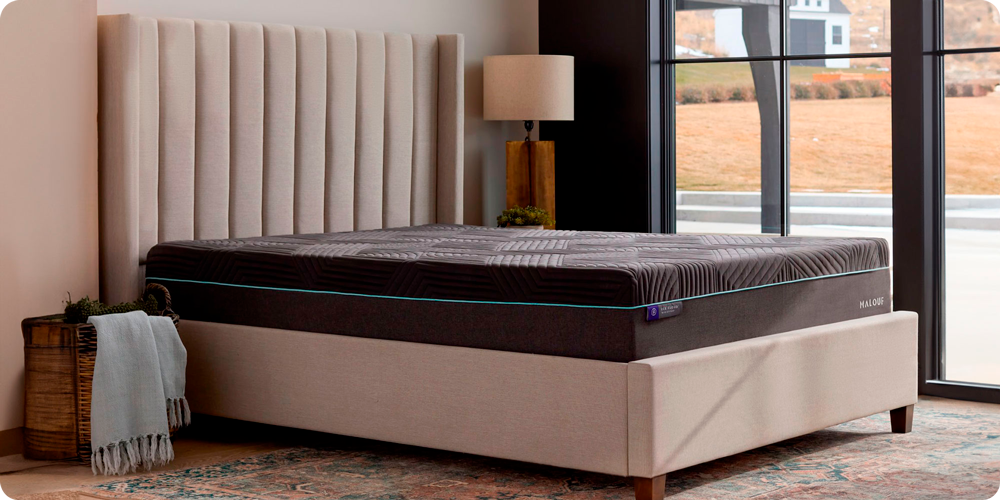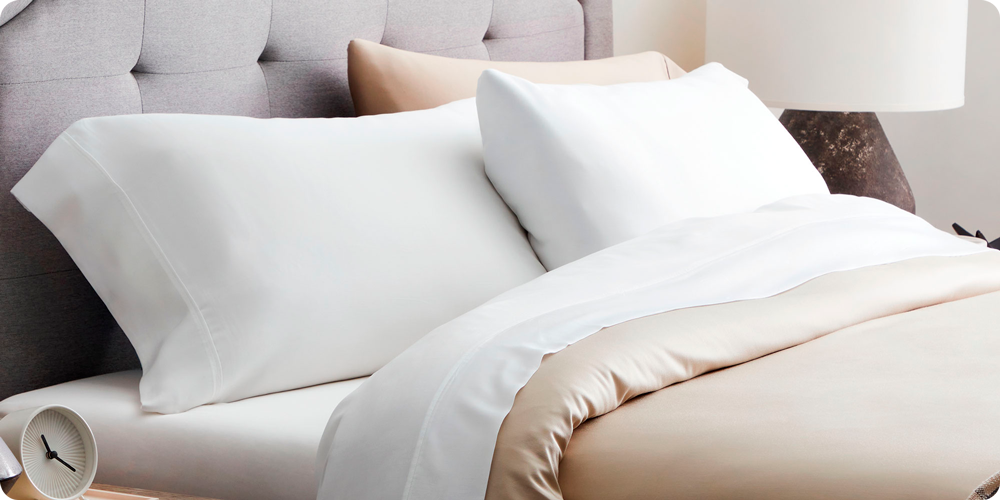El colchón híbrido GhostBed Performance es una solución de descanso de primera calidad diseñada para ofrecer comodidad y soporte excepcionales. Combina lo mejor de ambos mundos y cuenta con una combinación de espuma viscoelástica y resortes envueltos individualmente, lo que crea un colchón híbrido que satisface diversas necesidades de sueño.
1. Comodidad y Soporte Óptimos:
– El colchón incluye una capa superior de espuma viscoelástica con gel refrescante, que se adapta a la forma de tu cuerpo y alivia los puntos de presión, garantizando una noche de sueño confortable.
– Los resortes embolsados brindan soporte específico, reduciendo la transferencia de movimiento y garantizando una alineación adecuada de la columna.
2. Refrigeración Mejorada:
– La espuma viscoelástica con gel refrescante y una cubierta transpirable trabajan juntas para disipar el calor y mantenerte fresco durante toda la noche.
3. Durabilidad y Longevidad:
– El núcleo de espuma de alta densidad y el robusto sistema de resortes mejoran la durabilidad del colchón, proporcionando un soporte constante a lo largo del tiempo.
4. Soporte de Borde:
– Los bordes reforzados evitan que se hunda y ofrecen más espacio utilizable para dormir, lo que es especialmente beneficioso para las parejas.
5. Materiales Ecológicos:
– El colchón híbrido GhostBed Performance de 14″ está fabricado con espumas certificadas por CertiPUR-US, lo que garantiza bajas emisiones y materiales seguros.
Este colchón híbrido está diseñado para todas las posiciones de sueño, lo que lo convierte en una opción versátil para diferentes tipos de durmientes. Su combinación de tecnología de enfriamiento avanzada, alivio de presión y estructuras de soporte sólidas lo convierten en una excelente opción para quienes buscan un colchón cómodo y de alta calidad.
Para obtener información más detallada, visite eMattressOutlet.com













